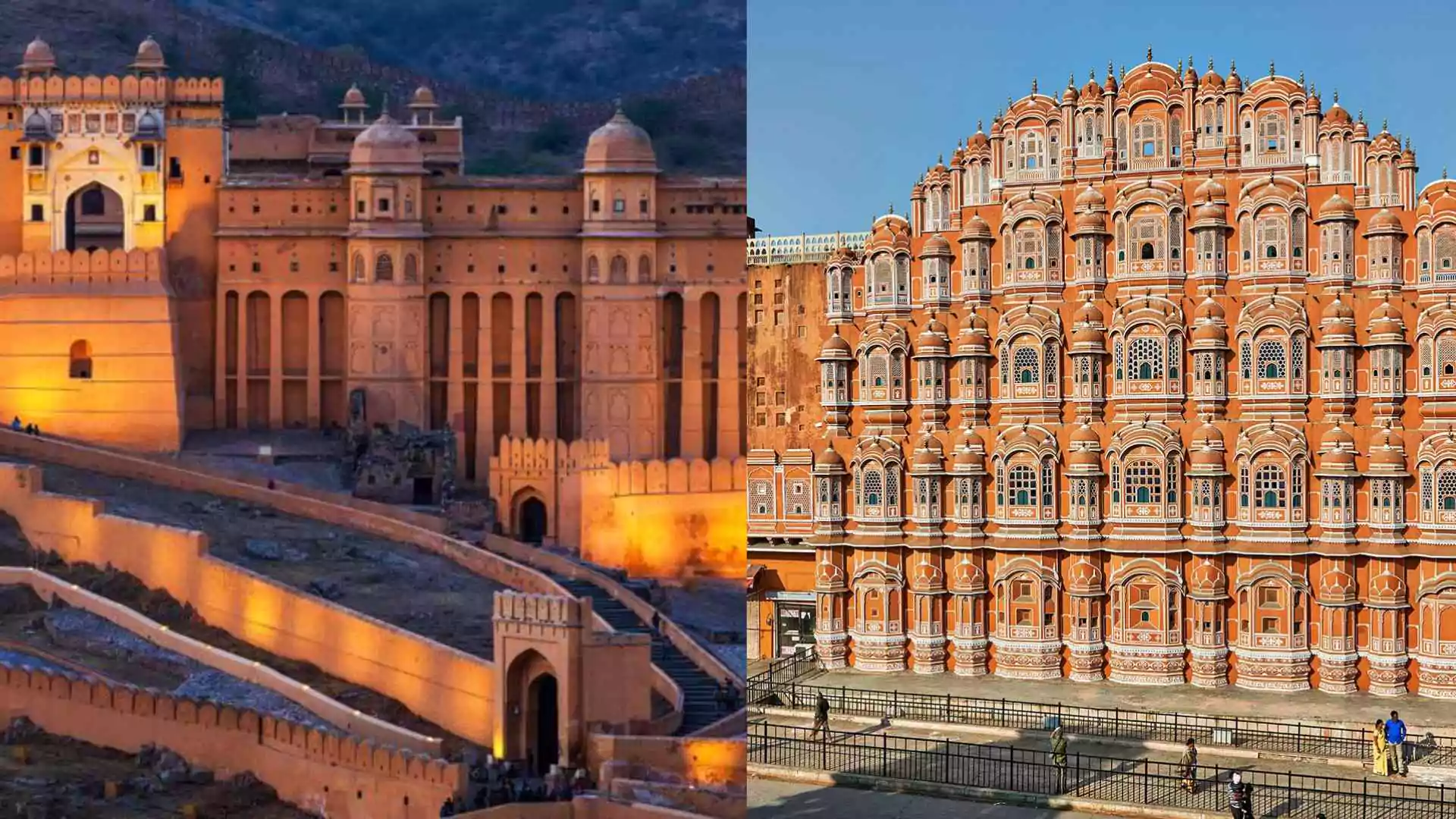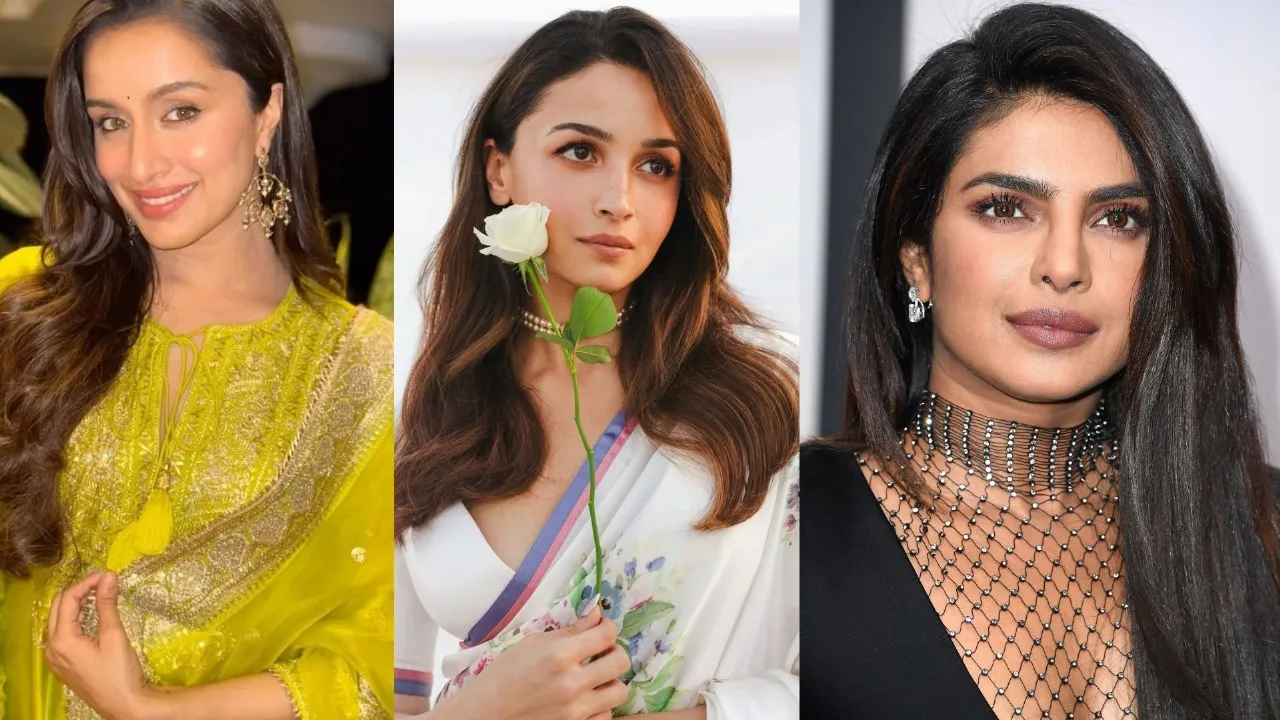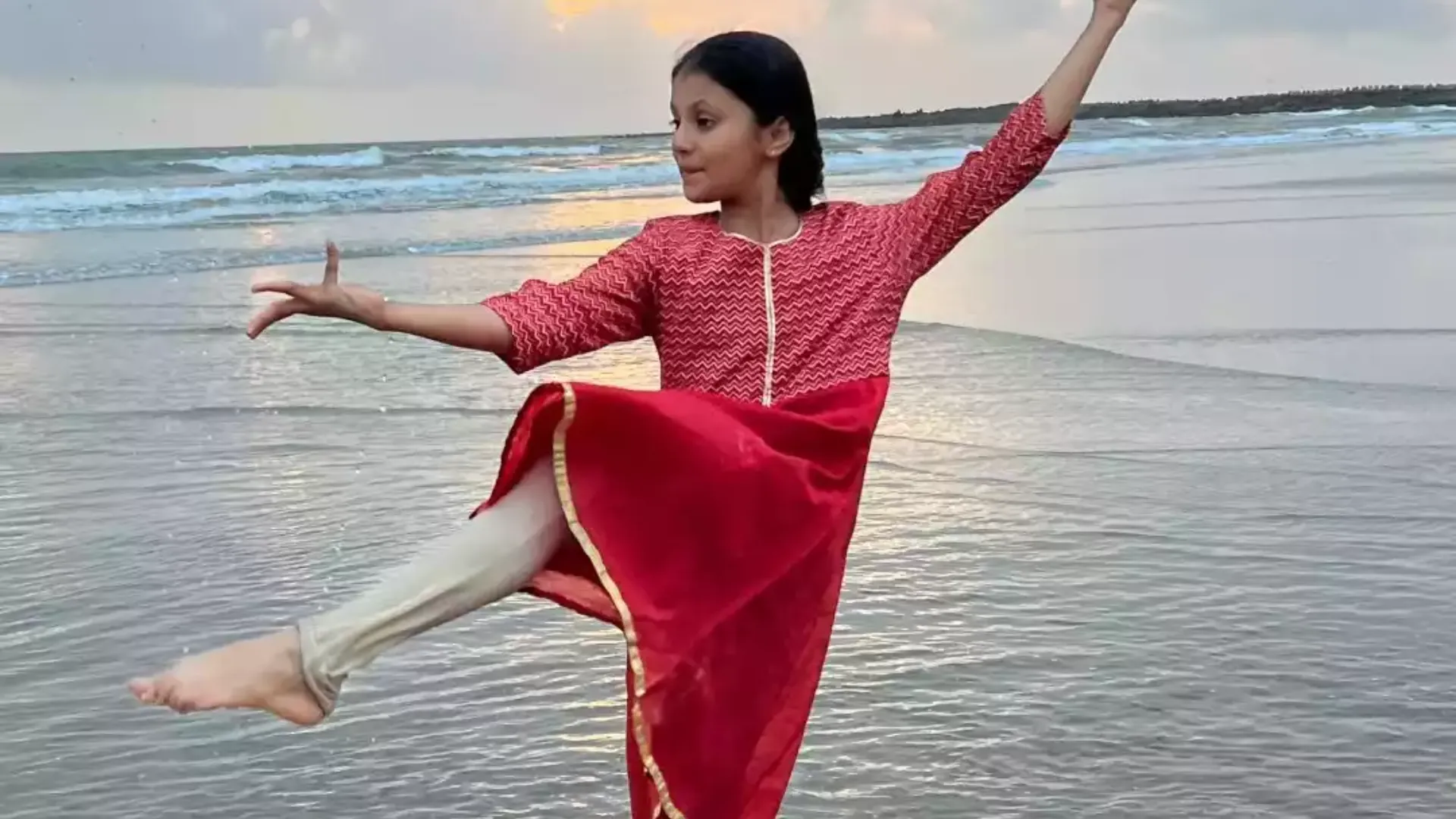Pohela Boishakh 2025: Hello Readers!! Get Ready to Say “Shubho Noboborsho!” Like You Mean It!
Pohela Boishakh — or as your Bengali grandma might call it, Poila Baisakh, or Noboborsho if she’s feeling extra fancy — is knocking on the door with all the colors, chaos, and sweet mishti your heart can handle! It’s the grand kick-off to the Bengali New Year, and Bengali folks across Bangladesh and the Indian states of West Bengal, Tripura, and even parts of Assam are already ironing their best kurta-pajamas and sarees. Mark your calendar (yes, seriously) — in 2025, this festive fiesta lands on Tuesday, April 15. And if you’re one of those early risers (or just haven’t slept), you might catch the Sankranti moment — the big celestial “ta-da!” — at 3:30 AM on Monday, April 14, according to Drik Panchang. Time to start the year with alpona, adda, and maybe a little too much ilish maach!
Historical Roots of the Bengali New Year
Let’s rewind the calendar — waaay back. The Bengali year doesn’t just pop out of nowhere. It starts with Boishakh, the month that rolls in with golden harvests and good vibes. According to Drik Panchang (basically the official celestial calendar), the Bengali era kicked off around 594 CE, thanks to King Shoshangko, a ruler from ancient Bengal.
Back in the day, it was all about praying for lush crops and full granaries. Fast forward to now — while the farming prayers still happen, Pohela Boishakh has bloomed into a full-blown celebration of everything Bengali: the food, the music, the clothes, and, of course, the drama. It’s like your entire culture throws on a kurta and hits the dance floor!
Commercial Traditions And Cultural Practices In Pohela Boishakh
Traders mark the occasion by beginning their new financial year with Haal Khaata, which involves opening new ledger books. This practice continues to hold commercial significance, particularly in local businesses and marketplaces. Families clean and decorate their homes in preparation for the festivities. Entrances often feature vibrant alpona—traditional designs similar to rangoli, created with colored powders or rice paste.
Festive Joy Across Bengali Households
On Pohela Boishakh, Bengalis don’t just celebrate — they go all out! It’s a day of pure desi joy, where everyone’s calendar says “Quality Time with Fam + Food Coma Incoming.” People head to melas (fairs), soak in cultural shows, and basically vibe to Rabindra Sangeet like it’s a live concert.
Not LO related
I just wanted to shareHappy Pohela Boishakh
It’s Bangali New Year. People wear traditional clothes, eat panta(fermented rice)ilish(hilsa fish), join parades, and celebrate unity. It’s not just a festival, it’s our one of most colorful culture🇧🇩#PohelaBoishakh pic.twitter.com/2tNehZploT— Saiyara Kwong🌱 (@LingBabyisMine) April 14, 2025
But wait — it gets better. New clothes? Absolutely. If you’re not twirling in a fresh saree or kurta, are you even doing Noboborsho right? And the food? Ohhh, the food. Plates pile up with ilish maach (because no Bengali festivity is complete without fish drama), dhokar dalna, chanar dal, fluffy rice, and a sugary sea of rosogolla, sandesh, and payesh.
It’s not just a feast — it’s a full sensory celebration. Bells ring, alponas sparkle, and bellies fill as entire communities come together to shout “Shubho Noboborsho!” with love, laughter, and lowkey food envy.
Also Read: Gujarat Waters Rocked By Rs 1,800 Crore Meth Bust In Daring Sea Operation






















